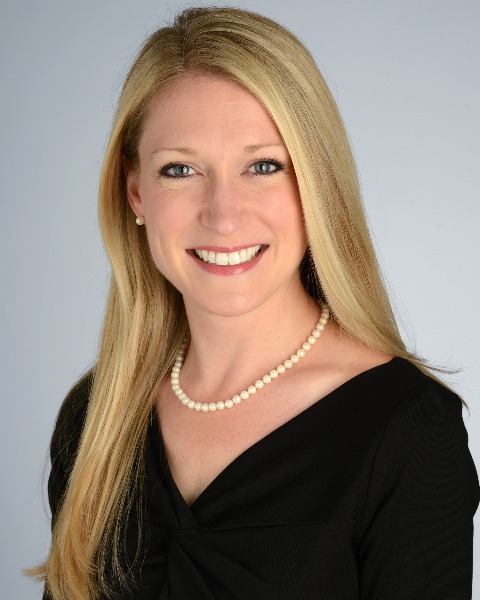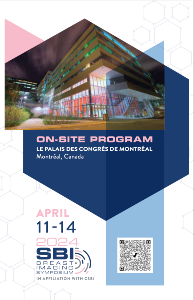Road to Building an Early Career Education Curriculum: Evaluating Pilot Webinar Series Success
ePosters

Allison Aripoli, MD
Assistant Professor
University of Kansas Medical Center
Presenter(s)
Background: Early career breast imagers face a fresh set of challenges as they embark upon their careers. This coincides with the first time in which structured programs for learning and growth specific to early career needs are less readily available. A prior survey of SBI members indicated that learning needs of early career breast imagers include understanding of accreditation in compliance with the Mammography Quality Standards Act, comprehension of the legal landscape, reimbursement rates, and managing challenging patient encounters. Many resident and fellowship curricula lack dedicated education on these relevant topics.
To address this perceived deficiency, we proposed a webinar series targeted to early career breast imagers. The pilot Early Career webinar content was shaped by survey results from early career and in-training SBI members and committee collaboration. The purpose of this educational exhibit is to present our experience with the intent to guide others in creating high value educational series.
Learning Objectives: Learners will understand how to:
1. Identify a gap in educational content.
2. Identify target audience for educational activity.
3. Design, distribute, and analyze surveys with intent to assess the highest value content for future participants, preferred methods of delivery, and frequency of sessions.
4. Formally propose an educational activity with pilot topics and speakers.
5. Collaborate with staff to coordinate scheduling, approve speakers, distribute speaker disclosures, obtain CME approval, and define delivery platform.
6. Market proposed activity to intended audience.
7. Measure success of the activity.
Abstract Content/Results: We will present a “how to” guide on the design and execution of an Early Career pilot webinar series. Pre- and post-pilot survey data will be presented. The guide will facilitate and foster future collaborative educational endeavors.
Conclusion: The Early Career pilot webinar series provides practical knowledge to breast imagers based on assessed needs of the target audience combined with expert perspectives and experiences. In this presentation, we review our experience and provide tips on how to create novel educational content highlighting collaboration amongst peers, committee involvement, and attendee feedback.
To address this perceived deficiency, we proposed a webinar series targeted to early career breast imagers. The pilot Early Career webinar content was shaped by survey results from early career and in-training SBI members and committee collaboration. The purpose of this educational exhibit is to present our experience with the intent to guide others in creating high value educational series.
Learning Objectives: Learners will understand how to:
1. Identify a gap in educational content.
2. Identify target audience for educational activity.
3. Design, distribute, and analyze surveys with intent to assess the highest value content for future participants, preferred methods of delivery, and frequency of sessions.
4. Formally propose an educational activity with pilot topics and speakers.
5. Collaborate with staff to coordinate scheduling, approve speakers, distribute speaker disclosures, obtain CME approval, and define delivery platform.
6. Market proposed activity to intended audience.
7. Measure success of the activity.
Abstract Content/Results: We will present a “how to” guide on the design and execution of an Early Career pilot webinar series. Pre- and post-pilot survey data will be presented. The guide will facilitate and foster future collaborative educational endeavors.
Conclusion: The Early Career pilot webinar series provides practical knowledge to breast imagers based on assessed needs of the target audience combined with expert perspectives and experiences. In this presentation, we review our experience and provide tips on how to create novel educational content highlighting collaboration amongst peers, committee involvement, and attendee feedback.

